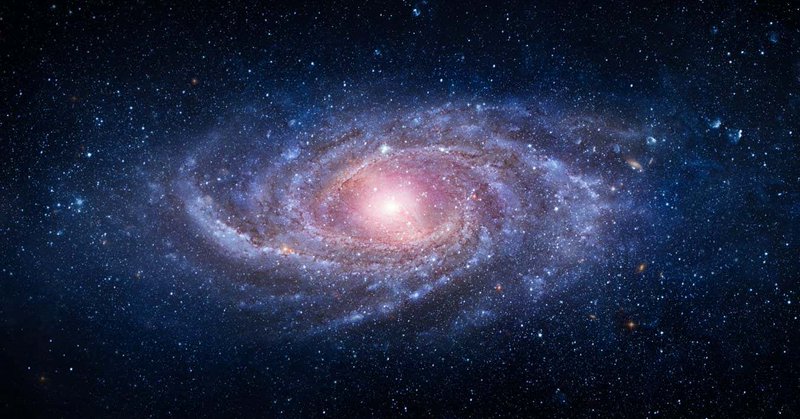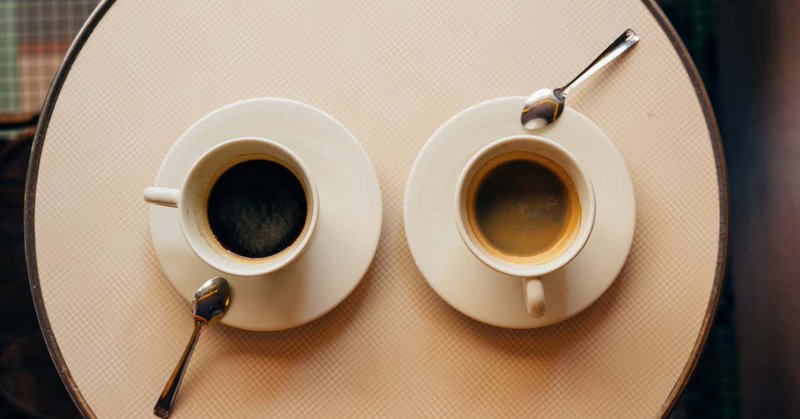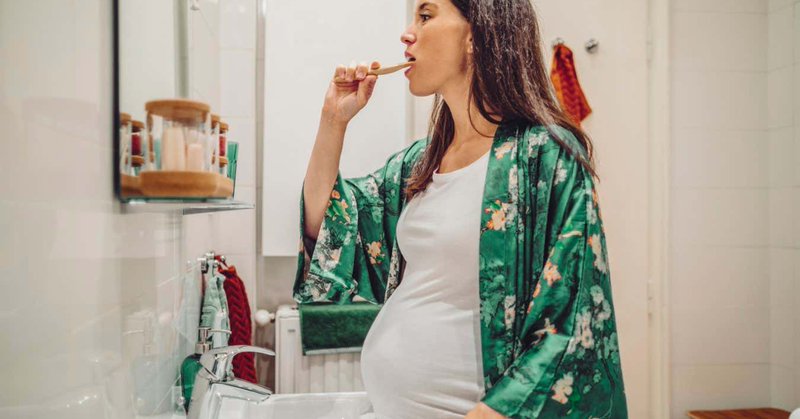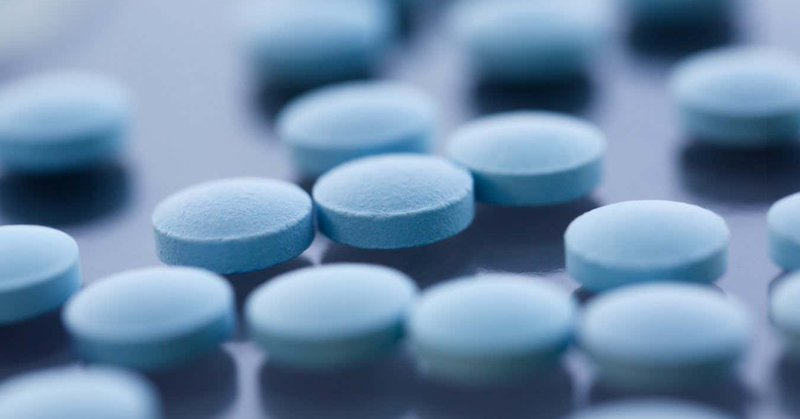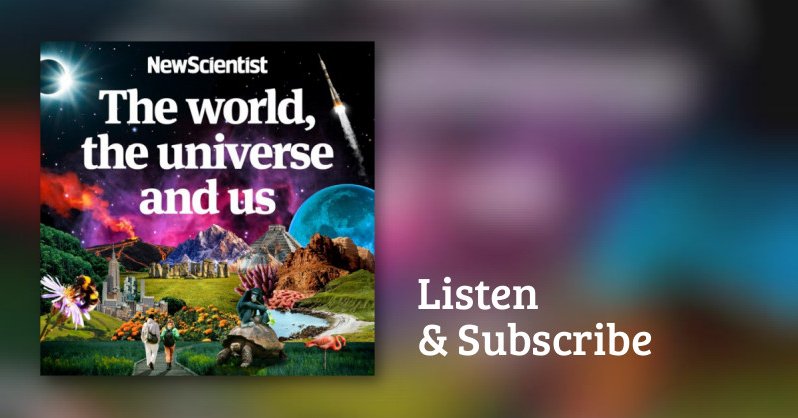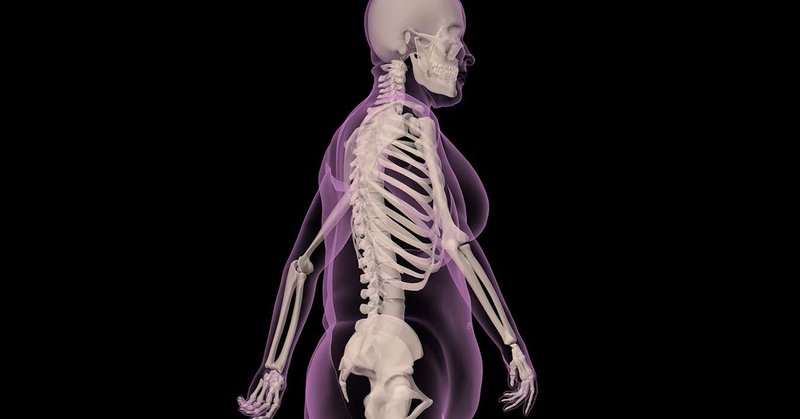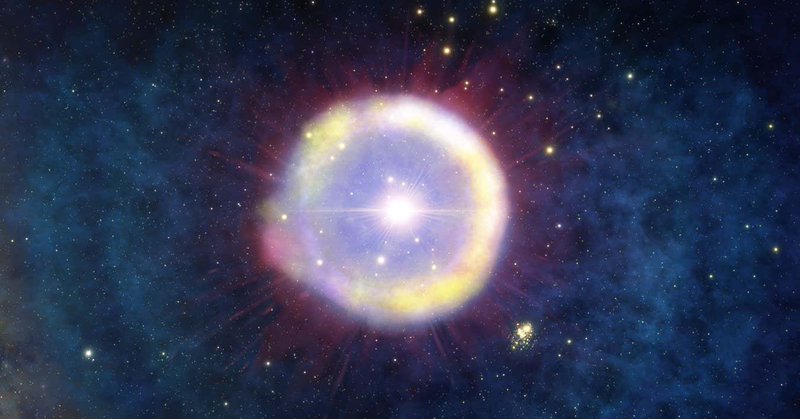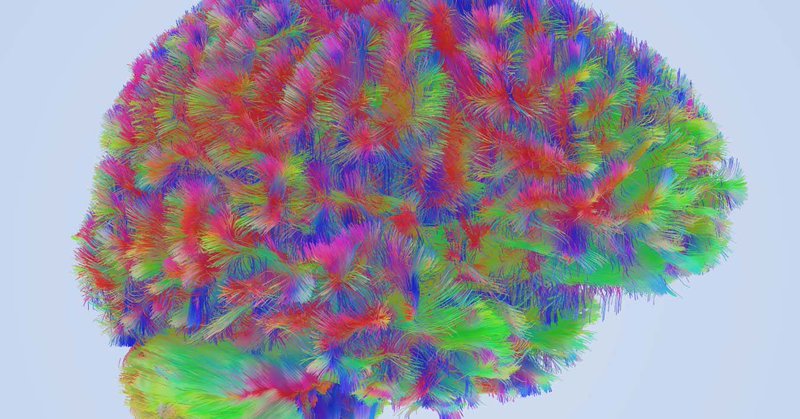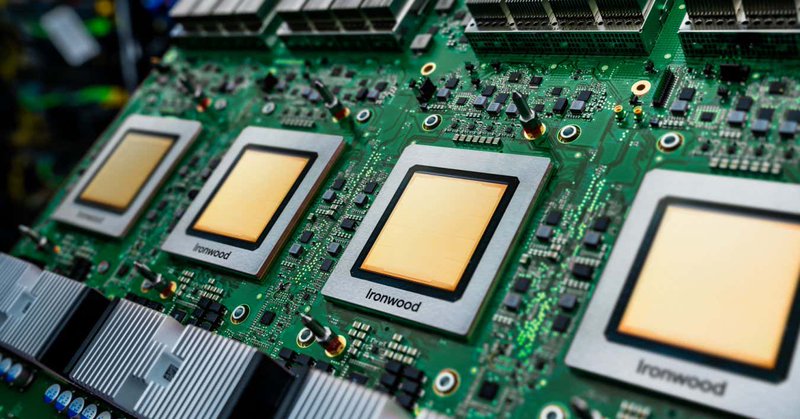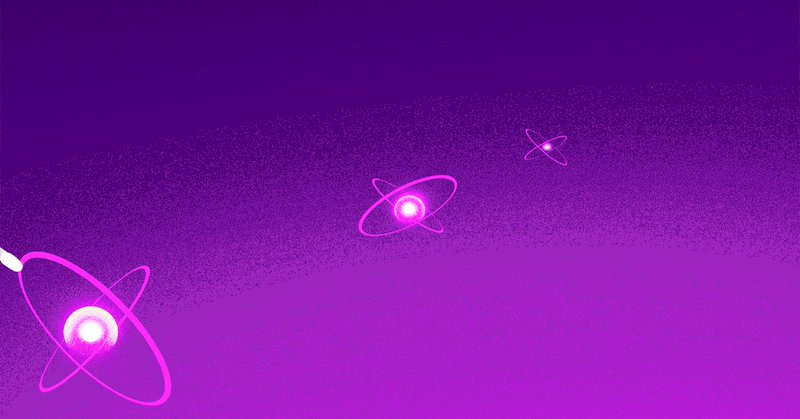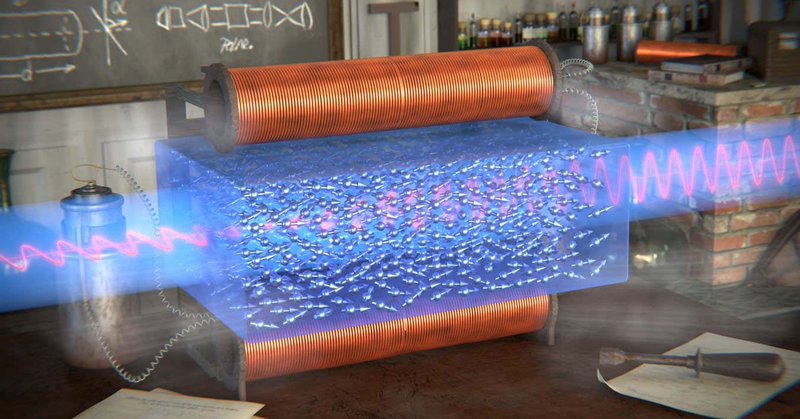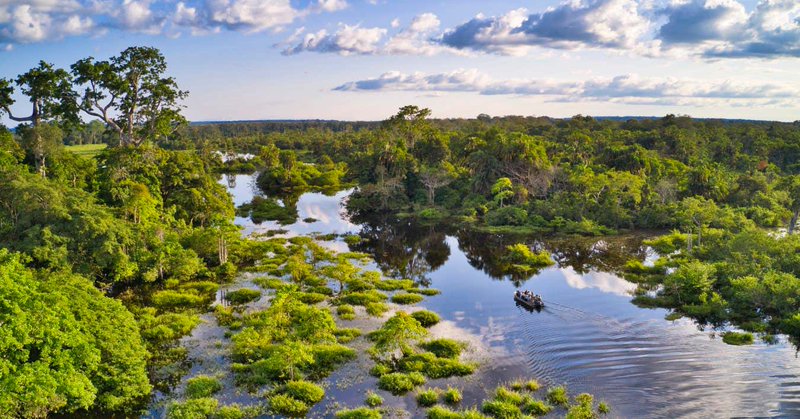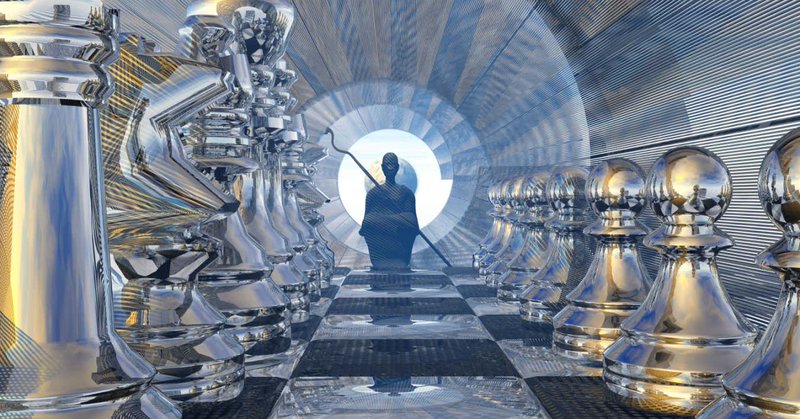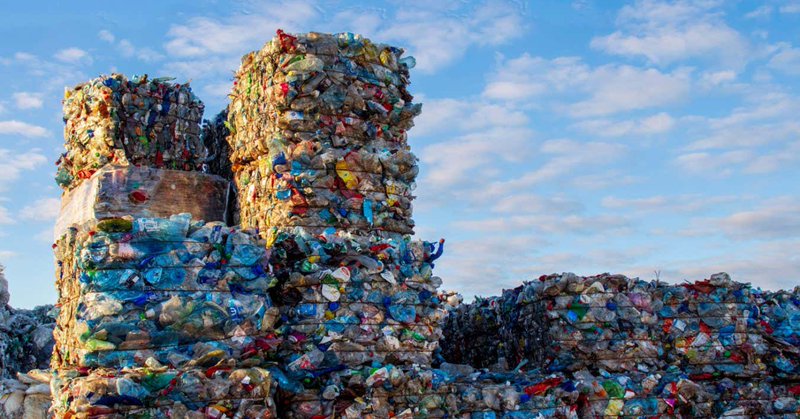
New Scientist
@newscientist
Followers
4M
Following
16K
Media
61K
Statuses
155K
The best place to find out what’s new in science – and why it matters.
Worldwide
Joined January 2009
In this week’s issue: A surprising twist on cause and effect reveals how everything comes from nothing. Grab a copy in shops now or download our app for digital editions. https://t.co/62IUy40AyB
12
18
83
Chytrid fungus is a scourge to global amphibian populations, but before it kills some frogs, it can produce symptoms that may help the infected animals find mates and spread the fungus further
newscientist.com
Chytrid fungus is a scourge to global amphibian populations, but before it kills some frogs, it can produce symptoms that may help the infected animals find mates and spread the fungus further
0
1
6
Unexplained gamma ray radiation coming from the edge of the Milky Way galaxy could be produced by self-annihilating dark matter particles – but the idea requires further investigation
newscientist.com
Unexplained gamma ray radiation coming from the edge of the Milky Way galaxy could be produced by self-annihilating dark matter particles – but the idea requires further investigation
1
1
2
Do you need to fairly allocate players to teams, or sort out a pot of badly brewed coffee? Katie Steckles has a mathematical solution
newscientist.com
Do you need to fairly allocate players to teams, or sort out a pot of badly brewed coffee? Katie Steckles has a mathematical solution
1
0
3
Dental problems often arise or get worse during pregnancy, and a new study hints that rapid changes to the oral microbiome at this time could be at least partly to blame
newscientist.com
Dental problems often arise or get worse during pregnancy, and a new study hints that rapid changes to the oral microbiome at this time could be at least partly to blame
2
2
8
Orforglipron, a GLP-1 drug taken as a pill, achieved positive results in people with obesity and type 2 diabetes, although it seems less effective than injectable drugs
newscientist.com
Orforglipron, a GLP-1 drug taken as a pill, achieved positive results in people with obesity and type 2 diabetes, although it seems less effective than injectable drugs
0
2
4
The world, the universe and us is LIVE 🚨 @rowhoop, @PennySarchet and the team on: 💧 Evolution of sperm and mystery of the scrotum 🧠 How our brain rewires itself 4 times in life 🌳 @nebriefing scenarios of climate breakdown https://t.co/kzzN2JTXez
podfollow.com
From the evolution of intelligent life, to the mysteries of consciousness; from the threat of the climate crisis to the search for dark matter, The world, the universe and us is your essential weekly...
0
1
3
Body fat, often reviled, is actually a vital organ that contributes to your health and well-being. It is time for us to stop vilifying fat and to start exploring how we can harness its power
newscientist.com
Body fat, often reviled, is actually a vital organ that contributes to your health and well-being. It is time for us to stop vilifying fat and to start exploring how we can harness its power
2
4
18
The distant universe might be littered with supermassive stars between 1000 and 10,000 times the mass of the sun, which could solve a cosmic mystery about the origins of extremely large black holes
newscientist.com
The distant universe might be littered with supermassive stars between 1000 and 10,000 times the mass of the sun, which could solve a cosmic mystery about the origins of extremely large black holes
2
2
9
Our brain wiring seems to undergo four major turning points at ages 9, 32, 66 and 83, which could influence our capacity to learn and our risk of certain conditions
newscientist.com
Our brain wiring seems to undergo four major turning points at ages 9, 32, 66 and 83, which could influence our capacity to learn and our risk of certain conditions
0
5
8
Google is reportedly in talks to sell its tensor processing units – a type of computer chip specially designed for AI – to other tech companies, a move that could unsettle the dominant chip-maker Nvidia
newscientist.com
Google is reportedly in talks to sell its tensor processing units – a type of computer chip specially designed for AI – to other tech companies, a move that could unsettle the dominant chip-maker...
3
5
6
Quantum theory fails to explain how the reality we experience emerges from the world of particles. A new take on quantum cause and effect could bridge the gap
newscientist.com
Quantum theory fails to explain how the reality we experience emerges from the world of particles. A new take on quantum cause and effect could bridge the gap
2
3
11
New Scientist Book Club members share their thoughts on our November read, Grace Chan's Every Version of You
newscientist.com
New Scientist Book Club members share their thoughts on our November read, Grace Chan's Every Version of You
1
3
9
It might sound like dystopian science fiction, but discovering how to reshape memories responsibly is helping us to heal the brain from within, says Steve Ramirez
newscientist.com
It might sound like dystopian science fiction, but discovering how to reshape memories responsibly is helping us to heal the brain from within, says Steve Ramirez
1
1
9
An experiment 180 years ago first demonstrated a connection between light and electromagnetism – but the link is deeper than we thought
newscientist.com
An experiment 180 years ago first demonstrated a connection between light and electromagnetism – but the link is deeper than we thought
1
2
7
Early humans like Neanderthals probably kissed and our ape ancestors could have done it as far back as 21 million years ago.
newscientist.com
Rather than being a recent cultural development, kissing may have been practised by other early humans like Neanderthals and our ape ancestors
3
0
9
Logging and mining are destroying swathes of the Congo rainforest, with the result that African forests went from being a carbon sink to a carbon source in 2010 to 2017
newscientist.com
Logging and mining are destroying swathes of the Congo rainforest, with the result that African forests went from being a carbon sink to a carbon source in 2010 to 2017
0
7
2
The New Scientist Book Club is currently reading Iain M. Banks's classic sci-fi novel The Player of Games. In this extract, we meet protagonist Gurgeh for the first time
newscientist.com
The New Scientist Book Club is currently reading Iain M. Banks's classic sci-fi novel The Player of Games. In this extract, we meet protagonist Gurgeh for the first time
0
0
9
See some of the winning entries for this year's Oceania Photo Contest, including Miesa Grobbelaar's shot of a whale, which took the top prize
newscientist.com
See some of the winning entries for this year's Oceania Photo Contest, including Miesa Grobbelaar's shot of a whale, which took the top prize
0
7
9
Inspired by natural polymers like DNA, chemists have devised a way to engineer plastic so it breaks down when it is no longer needed, rather than polluting the environment
newscientist.com
Inspired by natural polymers like DNA, chemists have devised a way to engineer plastic so it breaks down when it is no longer needed, rather than polluting the environment
0
10
19
It's like the International Space Station... but underwater. In this New Scientist Colab podcast we're inside Vanguard to explore the hatches, the tech, and the psychology of living in a sub-sea capsule. https://t.co/2chUqkvJ9m Sponsored by @DeepEngineered
0
2
5


